Currently Empty: $0.00
Word Templates
15+ Best Phone Tree Template Word Documents
In times of urgency or when disseminating important information to a group, effective communication is paramount. Phone tree templates offer a structured approach to ensure swift and organized dissemination of information. In this article, we explore the significance of phone tree templates, their applications, and tips for creating an efficient communication network.
Understanding Phone Tree Templates
A phone tree template is a hierarchical communication system that enables the transmission of information to a large group of individuals quickly and efficiently. It operates on the principle of cascading communication, where designated individuals relay information to a specific number of contacts, who then pass it on to the next tier until the entire group is reached. This structured approach ensures that critical information is communicated promptly and reaches every member of the group.
Applications in Various Settings
Phone tree templates find applications across a wide range of settings, including businesses, schools, community organizations, and emergency response teams. In businesses, they are used to communicate important announcements, schedule changes, or emergency procedures to employees. In schools, they serve as a vital tool for notifying parents about school closures, upcoming events, or emergencies. Community organizations utilize phone trees to mobilize volunteers for events or disseminate community alerts. Emergency response teams rely on phone trees to coordinate evacuation procedures or provide critical updates during crises.
Tips for Creating an Effective Phone Tree Template
- Clear Hierarchical Structure: Establish a clear hierarchy of contacts, with designated individuals responsible for relaying information to specific groups.
- Updated Contact Information: Ensure that contact information is regularly updated to avoid communication gaps. Include alternative contact methods such as email or text for redundancy.
- Brief and Concise Messages: Keep messages brief, concise, and to the point to facilitate quick dissemination of information.
- Training and Testing: Provide training to designated individuals on their roles and responsibilities within the phone tree system. Conduct periodic drills to test the effectiveness of the communication network.
- Flexibility and Adaptability: Design the phone tree template to be flexible and adaptable to different scenarios and communication needs. Include provisions for escalation procedures in case of unavailability or non-response from designated contacts.
- Feedback Mechanism: Establish a feedback mechanism to gather input from recipients and assess the effectiveness of the communication process. Use feedback to refine and improve the phone tree template over time.
Conclusion
In an era where communication plays a pivotal role in organizational efficiency and community resilience, phone tree templates emerge as indispensable tools. By providing a structured framework for rapid information dissemination, they empower organizations and communities to navigate challenges effectively. Embracing the principles of clear communication, adaptability, and continuous improvement ensures that phone tree templates remain valuable assets in the arsenal of effective communication strategies.
Best Phone Template PDF
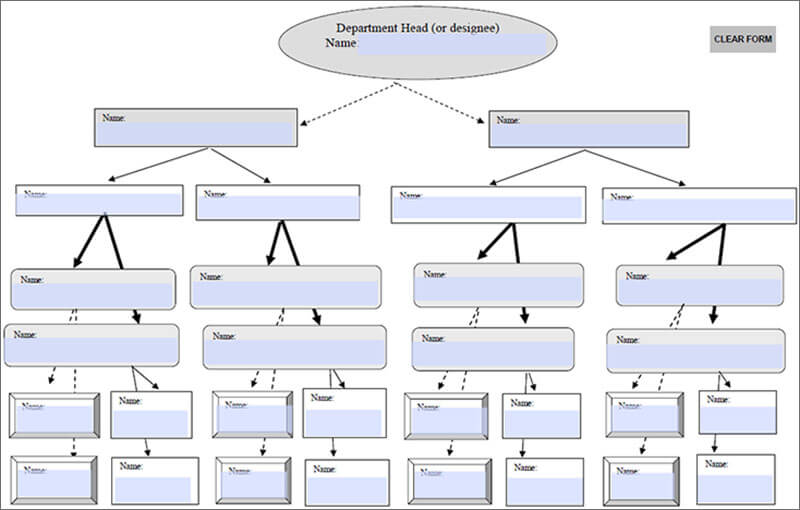
Sample Phone Tree Template

Free Phone Tree Template

Phone Tree Design Example

Emergency Phone Tree Template
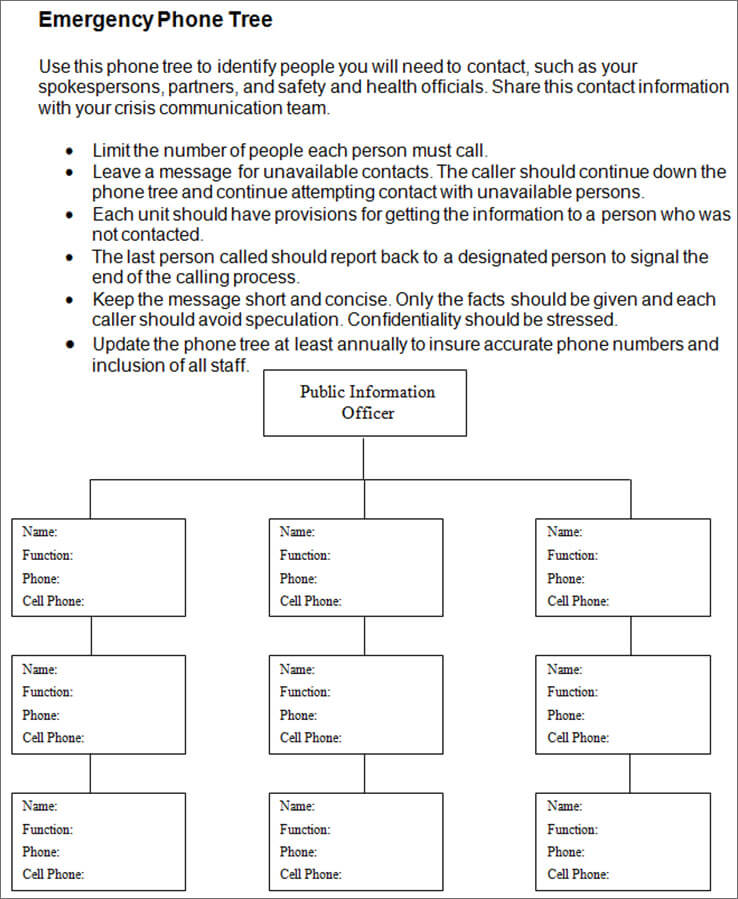
Example Phone Tree Word

Phone Tree Template PDF

Phone Tree Diagram Template Word

Premium Phone Tree Design Template
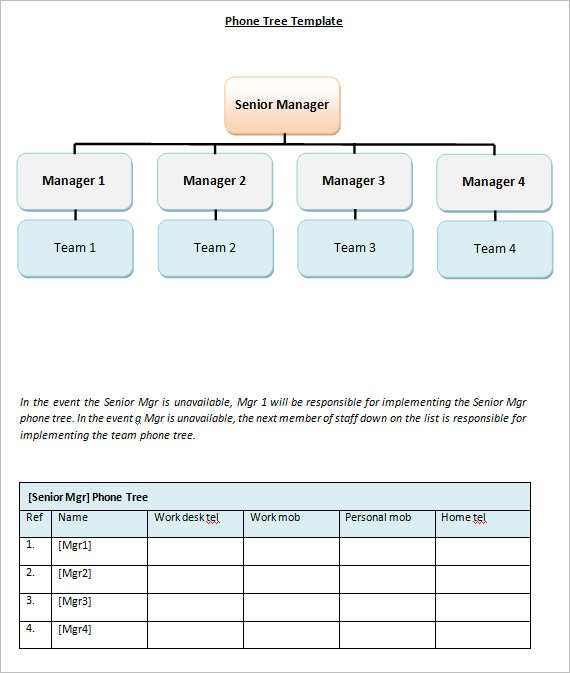
Editable Phone Tree Design

Blank Mobile Tree Template

Download Phone Tree Template
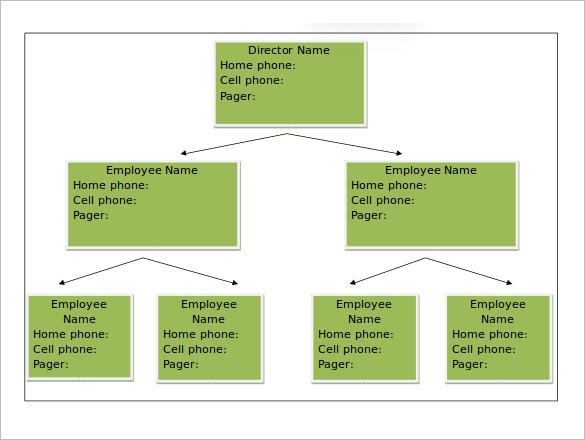
Excel Tree Phone Template PDF
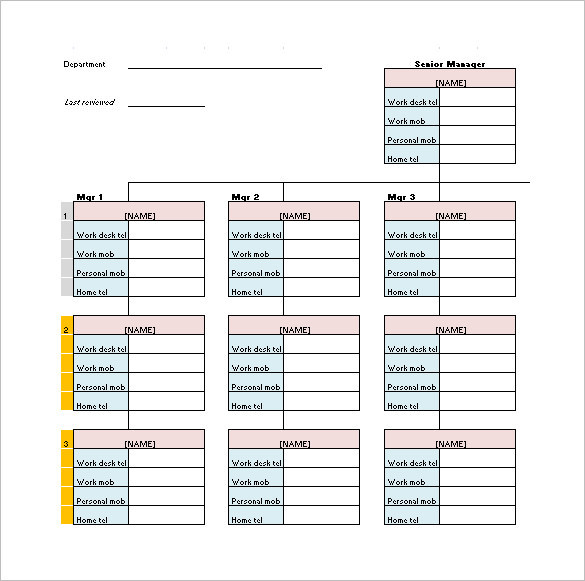
Phone Tree Outline Template Word
